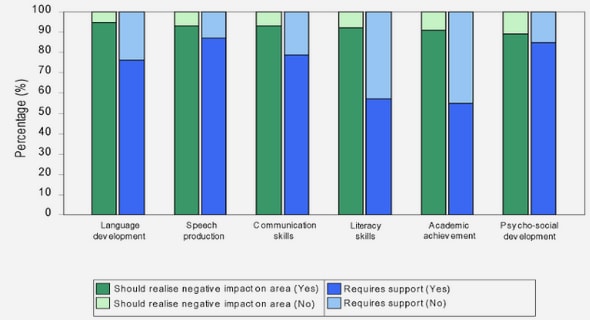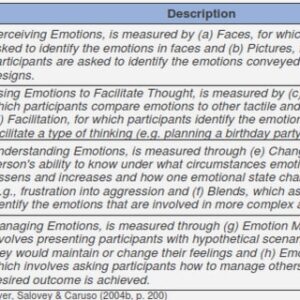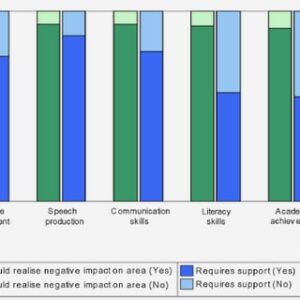(Downloads - 0)
For more info about our services contact : help@bestpfe.com
Table of contents
1 Context of the study
1.1 Description of the study area
1.1.1 Physical description of the Olifants River Basin
1.1.1.1 Location
1.1.1.2 Climate and hydrology
1.1.2 Socio-economic overview of the Olifants River Basin
1.1.2.1 Population
1.1.2.2 Economic situation
1.1.2.3 Water supply infrastructure
1.2 Institutional setting of domestic water services in South Africa
1.2.1 The apartheid era
1.2.1.1 Apartheid history in short
1.2.1.2 Key principles of the status of water
1.2.1.3 Water services before 1994
1.2.2 Water services sector after the apartheid
1.2.2.1 Key principles of the new water policy
1.2.2.2 Main actors of the water services sector
2 Problematic
2.1 Objectives of a water pricing and subsidy system to improve access to water for lowincome population
2.2 Domestic water pricing systems: diversity, advantages and drawbacks
2.2.1 Types of domestic water pricing
2.2.1.1 Monomial pricing structures
2.2.1.2 Two-parts pricing structures
2.2.1.3 Other types of tariffs
2.2.1.4 Connections fees
2.2.2 Domestic water tariff in South Africa
2.2.2.1 Principles and objectives of water tariff setting in South Africa
2.2.2.2 Water tariffs implemented in South Africa
2.3 Subsidies: how to choose the right subsidy to reach the right target
2.3.1 Objectives and diversity of subsidies
2.3.1.1 Key objectives of a subsidy system
2.3.1.2 Types of subsidy mechanisms
2.3.1.3 How does one know the good target is reached?
2.3.2 Subsidies in South African water services
2.3.2.1 Subsidy policy principles in South Africa
2.3.2.2 Main subsidies encountered in the South-African domestic water sector
2.4 Cost recovery in South Africa
2.4.1 Cost-recovery issue in developing countries
2.4.1.1 Cost recovery: a controversial issue
2.4.1.2 How to define cost-recovery?
2.4.1.3 Major issues concerning cost recovery
2.4.2 The issue of cost-recovery for water services in South Africa CemOA : archive ouverte d’Irstea / Cemagref
3 Methodology
3.1 First step: meeting with national stakeholders and literature review
3.2 Choice of a level of analysis
3.2.1 The first option: a survey at ward level
3.2.1.1 Methodology justification
3.2.1.2 Drawbacks
3.2.1.3 Principle and construction of the stratified random sampling
3.2.2 Reasons of a change in methodology
3.3 A survey at water services authorities level
3.3.1 Identification of interviewees
3.3.2 Questionnaire construction
3.3.3 Data analysis
3.3.4 Methodology justification
3.3.5 Drawbacks
4 Results
4.1 The institutional context of domestic water sector: from theory to reality
4.2 Analysis of the survey at Water Services Authority level analysis
4.2.1 Socio-economical characteristics of the WSAs
4.2.1.1 Population
4.2.1.2 Access to water & sanitation
4.2.2 Institutional organisation of the water sector
4.2.3 Domestic water pricing policy diversity
4.2.3.1 Subsidies
4.2.3.2 Water tariffs
4.2.3.3 Free Basic Water policy
4.2.3.4 Investments and conclusion on financial information
4.2.4 General issues
4.2.4.1 Difficulties in domestic water services management
4.2.4.2 Multiple-use of domestic water
4.2.5 Water policies relevance regarding key-objectives
4.2.5.1 Water pricing policies regarding the key-objectives
4.2.5.2 Global assessment of the water pricing policies in surveyed WSAs
4.3 Information on networks
4.3.1 Networks presentation
4.3.1.1 Age of schemes
4.3.1.2 Population-related information
4.3.1.3 Source of water
4.3.1.4 Storage capacity
4.3.1.5 Water treatment work and sewage treatment work
4.3.1.6 Boreholes
4.3.1.7 Financial data
4.3.2 Data analysis
4.3.2.1 Heterogeneous set of data
4.3.2.2 Building a typology
Conclusion
References



